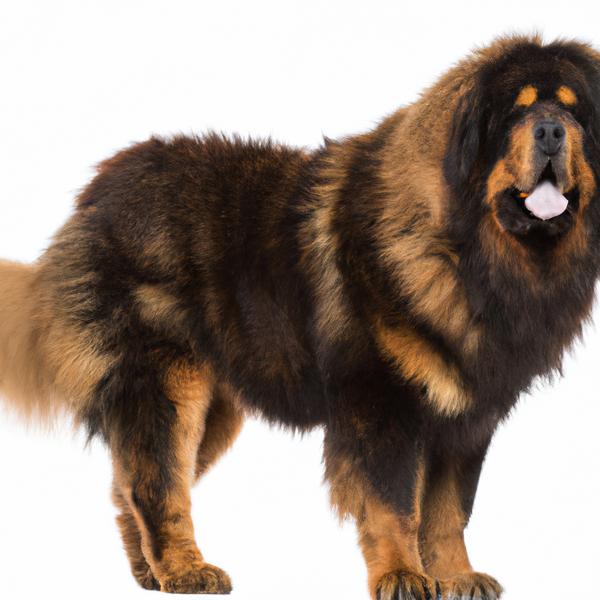Tibetan Mastiff vs. Aussiedor: Breed Differences and Similarities
Hypoallergenic
Are Tibetan Mastiffs or Aussiedors hypoallergenic, or neither?
Unfortunately, neither Tibetan Mastiff nor Aussiedor are hypoallergenic, which may not make them the best choice for dog lovers who suffer from pet allergies.
Temperament
What are the personalities of Tibetan Mastiff and Aussiedor dogs?
Aloof
Strong
Willed
Courageous
Protective
Stubborn
Loyal
Active
Playful
Loving
Energetic
Protective
Alert
Intelligent
Friendly
Responsive
Affectionate
Loyal
Gentle
Going
Social
Good-natured
Cheerful
Shedding Level
Do Tibetan Mastiffs shed more than Aussiedors, or which breed sheds more, Tibetan Mastiffs or Aussiedors?
Tibetan Mastiff or Aussiedor dogs are not heavy shedders, but they will lose a significant amount of hair each year. To decrease the amount of shedding, you can regularly brush your Tibetan Mastiff or Aussiedor. This will remove loose hair and keep their coat growing in the same direction.
Watchdog Ability
Which dog breed makes a better watchdog, the Tibetan Mastiff or Aussiedor?
Choose a Tibetan Mastiff if you want a top-notch watchdog. This breed takes guarding seriously, and may not require much training, though obedience or guard dog training can improve their skills.
Aussiedors are decent watchdogs - they'll alert their owner if something seems amiss.
Origin
What is the origin of Tibetan Mastiff and Aussiedor dog breeds?
Tibet
United States
Ancestry
What are the origins of Tibetan Mastiff and Aussiedor breeds?
Tibetan Wolves, Mastiff
Labrador Retriever, Australian Shepherd
Breed recognition
Which kennel clubs recognize/register Tibetan Mastiff and Aussiedor?
American Canine Registry
American Kennel Club
America's Pet Registry
Dog Registry of America Inc.
Federation Cynologique Internationale
Kennel Club of Great Britain
North American Purebred Registry, Inc.
American Canine Association, Inc.
Continental Kennel Club
National Kennel Club
New Zealand Kennel Club
ACHC = American Canine Hybrid Club
DDKC = Designer Dogs Kennel Club
DRA = Dog Registry of America, Inc.
IDCR = International Designer Canine Registry®
Date of Birth
When were Tibetan Mastiff and Aussiedor breeds first developed?
Ancient Times
Unknown
Litter Size
What is the usual litter size for Tibetan Mastiff and Aussiedor?
A Tibetan Mastiff can have a litter of 10-14 puppies on average. However, it's worth noting that the size of the litters can vary greatly. Factors that can influence litter size include the health of the mother, breeding history, and genetics.
An Aussiedor can have a litter of 6-9 puppies on average. However, it's worth noting that the size of the litters can vary greatly. Factors that can influence litter size include the health of the mother, breeding history, and genetics.
Adaptability
Tibetan Mastiffs have average adaptability to changes in lifestyle and living environments compared to other breeds.
Aussiedors are highly adaptable and versatile, making them excellent companions for families and individuals of all lifestyles.
Health Issues
Between Tibetan Mastiff and Aussiedor, which breed is more prone to health problems?
Tibetan Mastiffs are susceptible to health issues like all breeds, so it's important to monitor their health and seek veterinary care when needed.
While the Aussiedor breed is generally healthy, occasional vet check-ups are still necessary to address any health concerns.
Major Concerns
What are the major health concerns for Tibetan Mastiff and Aussiedor breeds?
Hip Dysplasia
Elbow Dysplasia
Hip Dysplasia
Muscular Dystrophy
Collie Eye Anomaly
Minor Concerns
What minor health issues should be kept in mind when owning Tibetan Mastiff and Aussiedor?
Epilepsy
Hyperthyroidism
Progressive Retinal Atrophy
Cataracts
Sebaceous Adenitis
Pyotraumatic Dermatitis
Bloat
Nasal Solar Dermatitis
Pelger - Huet Syndrome
Osteochondritis Dissecans
Occasional Tests
What occasional tests are recommended for Tibetan Mastiff and Aussiedor breeds?
Blood Test
Thyroid Tests
X-Rays
CT Scan
Eye Examination
Full Physical Examination
Eye
Hip
Elbow
Blood Test
Skin Scraping
X-Rays
Physical Examination
Energy
How do the energy levels of Tibetan Mastiffs and Aussiedors compare?
Tibetan Mastiffs' high energy levels make them unsuitable for a low-key dog, choose accordingly.
Aussiedors thrive on an active lifestyle due to their high-energy nature.
Social Needs
Tibetan Mastiff vs Aussiedor social needs comparison
Tibetan Mastiff has average social needs and is less independent than other breeds.
Aussiedor has very high social needs and requires regular mental and physical stimulation, a job or purpose, and companionship.
Exercise Needed
Tibetan Mastiff vs Aussiedor exercise need comparison.
Tibetan Mastiffs need moderate physical activity and are great for families and active individuals.
Aussiedors require significant physical activity and suit those with an active lifestyle.
Sleeping Need
Which of the two sleeps the most/least: Tibetan Mastiff or Aussiedor?
Tibetan Mastiffs sleep less than other breeds but still need adequate sleep for good health.
Aussiedors are active and require sufficient sleep to stay healthy.
Tendency to Bark
Do Tibetan Mastiffs or Aussiedors bark more/less frequently?
Tibetan Mastiff dogs bark and howl frequently and are not recommended for quiet homes.
Aussiedor dogs are generally less vocal than other breeds and only bark when necessary, such as to alert their owner or communicate.
Mouthiness
Mouthiness Comparison: Tibetan Mastiff vs Aussiedor?
Roaming urge
Tibetan Mastiff vs Labrador: Running away tendency?
Prey Drive
Tibetan Mastiff or Aussiedor - which breed has a higher level of prey drive?
Activity Level
Which breed has higher energy, Tibetan Mastiffs or Aussiedors?
Tibetan Mastiffs are medium-energy dogs and typically enjoy socializing and playing casual or even sustained games of chase with other dogs. They may also have occasional periods of barking or racing around the house.
Aussiedors are high-energy dogs. They need mental as well as physical exercise. These dogs require a lot of your involvement and without it they can, and will, become problematic dogs.
Tolerance of being left alone
Grooming
Which breed is easier to maintain in terms of grooming, Tibetan Mastiffs or Aussiedors?
The Tibetan Mastiff requires an average amount of grooming compared to other breeds.
The Aussiedor has low grooming needs and is easy to maintain.
Brushing Frequency
What is the recommended brushing frequency for Tibetan Mastiff and Aussiedor dogs?
Tibetan Mastiff and Aussiedor should be brushed at least once a week. Of course, you can give them more frequent brushes if you find that they are still shedding a lot.
Intelligence
Comparing Intelligence: Tibetan Mastiffs vs Aussiedors
Tibetan Mastiffs are average in obedience intelligence but have a high IQ and may cause trouble if left unsupervised.
Aussiedor is a very intelligent and trainable breed.
Sensitivity Level
How do Tibetan Mastiff and Aussiedor compare in sensitivity?
These dog breeds are particularly attuned to its environment and the emotions of those around it. Tibetan Mastiff and Aussiedor can be easily overwhelmed by loud noises, new environments, unfamiliar people, or animals. This dog breed is best suited for individuals or families who are patient, gentle, and understanding of its sensitive nature. It may also benefit from a calm and stable home environment, with a consistent routine and plenty of positive reinforcement training.
Affection Dependance
Which is the more affectionate dog breed: Tibetan Mastiff vs Aussiedor?
Apartment Friendly
Which breed is more apartment-friendly: Tibetan Mastiff or Aussiedor?
The Tibetan Mastiff is not suitable for apartments and requires a large yard to thrive. Pent-up energy in small spaces can lead to destructive behavior.
Aussiedors are good apartment dogs as long as they get enough exercise and stimulation outside of the apartment.
Child Friendly
Do Tibetan Mastiffs or Aussiedors have a friendlier temperament towards children?
Tibetan Mastiffs are not the best choice for families with kids.
Aussiedors make excellent family pets for kids due to their gentle, protective nature and calm temperament.
Senior-friendly
Which dog is more suitable as a pet for the elderly - Tibetan Mastiff or Aussiedor?
Cat Friendly
Do Tibetan Mastiff or Aussiedor breeds have a better compatibility with cats?
Tibetan Mastiffs are average in their friendliness toward cats and tend to do well with them, especially if raised together.
Aussiedors are good with cats, but early training is needed to prevent chasing behavior.
Dog Friendly
Which breed is more sociable with other dogs: Tibetan Mastiff or Aussiedor?
Tibetan Mastiffs are less friendly towards other dogs, but can improve with socialization.
Aussiedors are friendly and active companions, and can be good family pets, though their friendliness towards other dogs may vary.
Pet friendly
How do Tibetan Mastiff or Aussiedor dogs interact with other pets?
Stranger Friendly
Which breed is more friendly with strangers: Tibetan Mastiff or Aussiedor?
Tibetan Mastiffs are not very stranger friendly.
Aussiedors are friendly but may bark at strangers, and training is easy due to their intelligence.
Playfulness
Which breed is more playful between Tibetan Mastiff and Aussiedor?
Tibetan Mastiffs have an average level of playfulness, enjoying playtime like most dogs but not excessively so.
Aussiedors are very playful, so adopting an older one might be a better option for a more relaxed experience.
Trainability
How do the trainability levels of Tibetan Mastiffs and Aussiedors compare?
Tibetan Mastiffs are usually easy to train but require consistency to fully obey commands.
The Aussiedor is highly intelligent and eager to please, making it a great choice for both novice and experienced dog owners due to its easy trainability.
Compare Tibetan Mastiff with other breeds
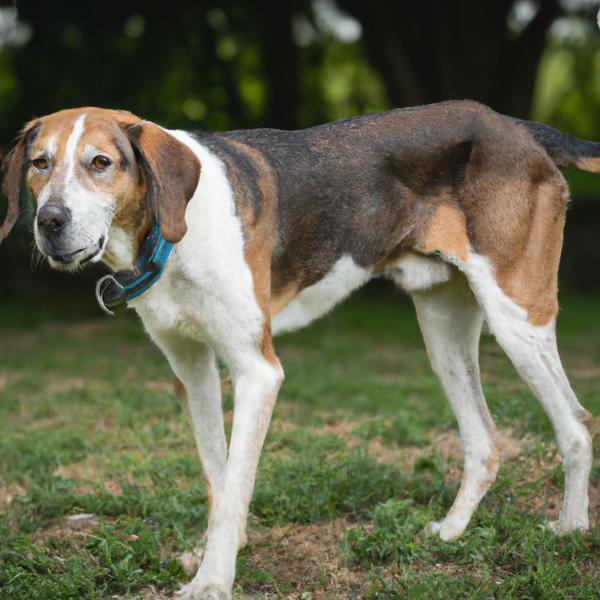
Mally Foxhound
Tibetan Mastiff vs Mally Foxhound
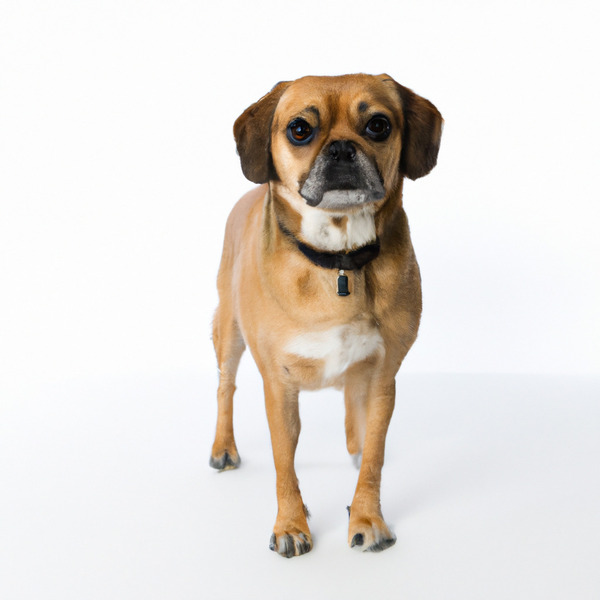
Puggle
Tibetan Mastiff vs Puggle
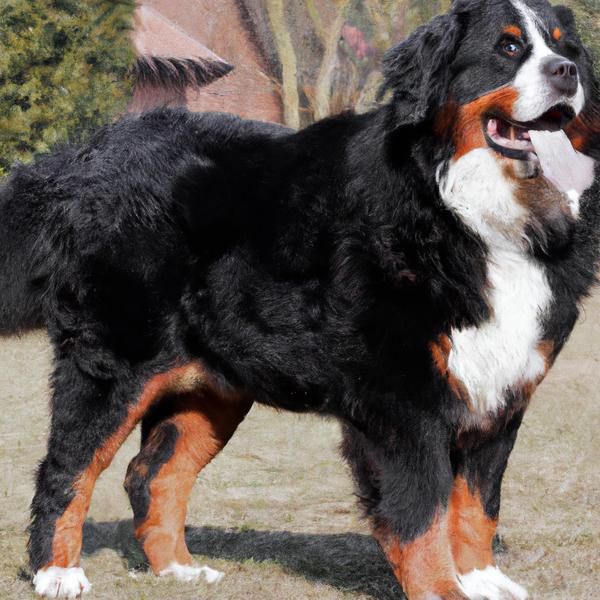
Great Bernese
Tibetan Mastiff vs Great Bernese
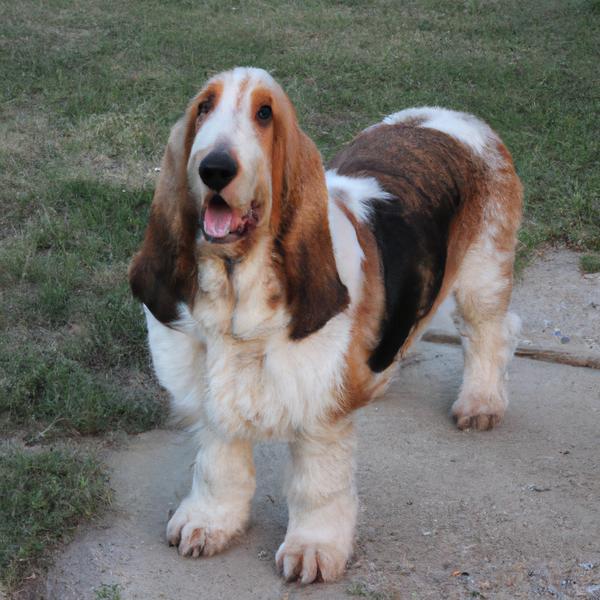
Bassetoodle
Tibetan Mastiff vs Bassetoodle
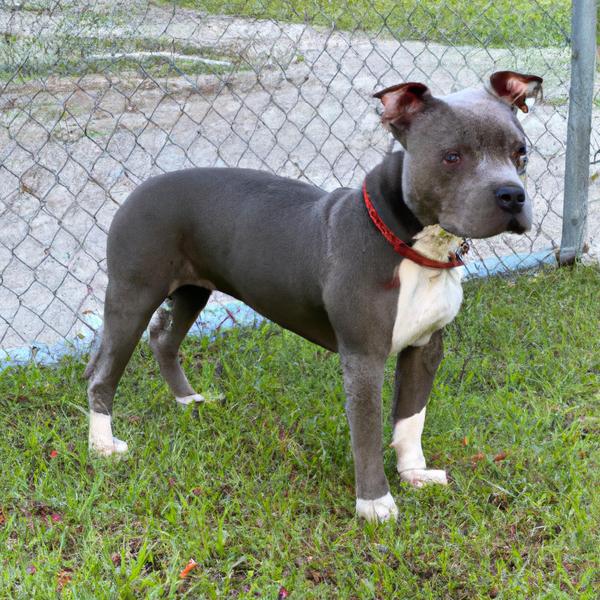
Pocket Pitbull
Tibetan Mastiff vs Pocket Pitbull
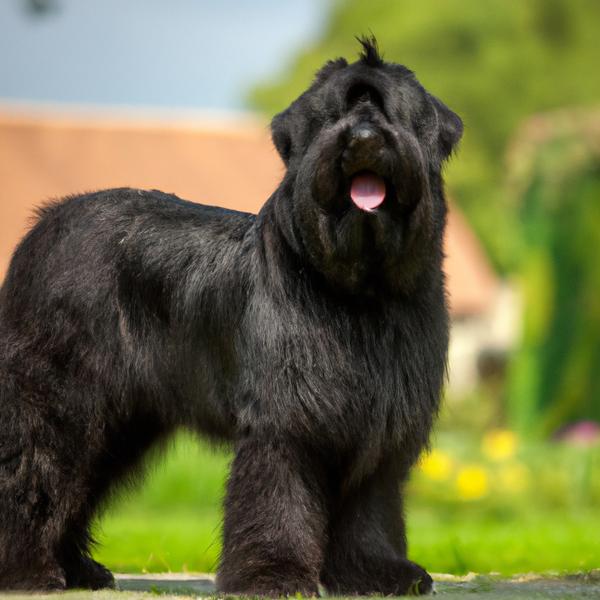
Giant Bolonauzer
Tibetan Mastiff vs Giant Bolonauzer
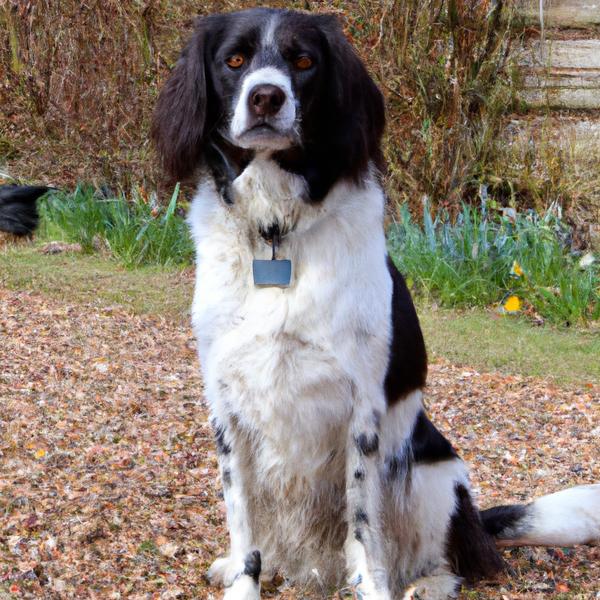
Border Springer
Tibetan Mastiff vs Border Springer
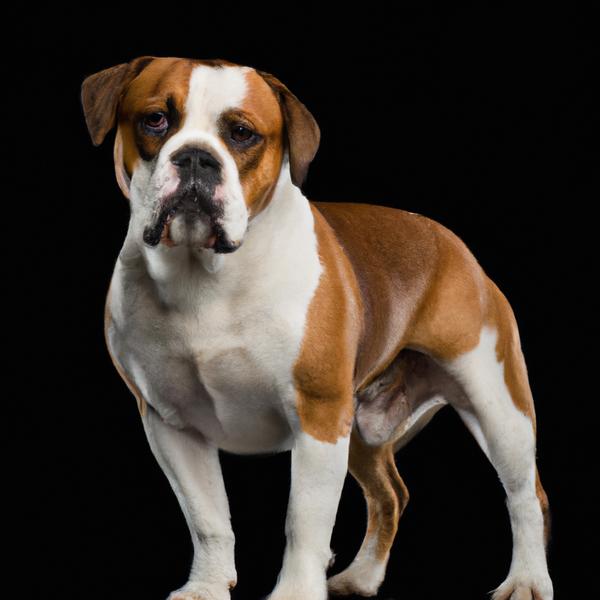
Beabull
Tibetan Mastiff vs Beabull
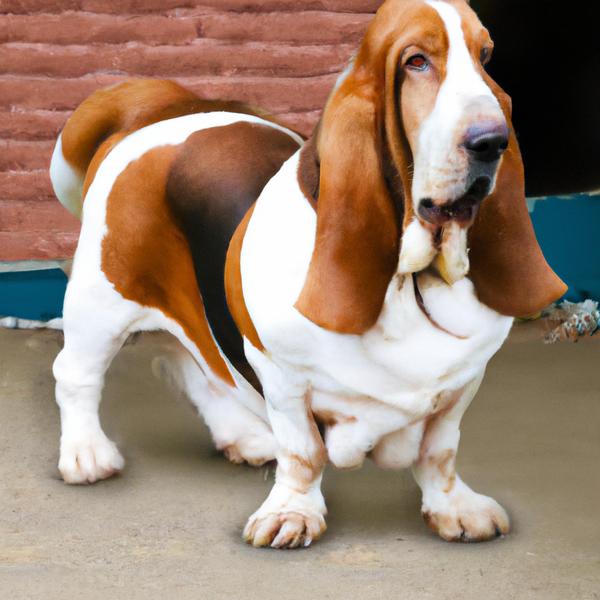
Hush Basset
Tibetan Mastiff vs Hush Basset
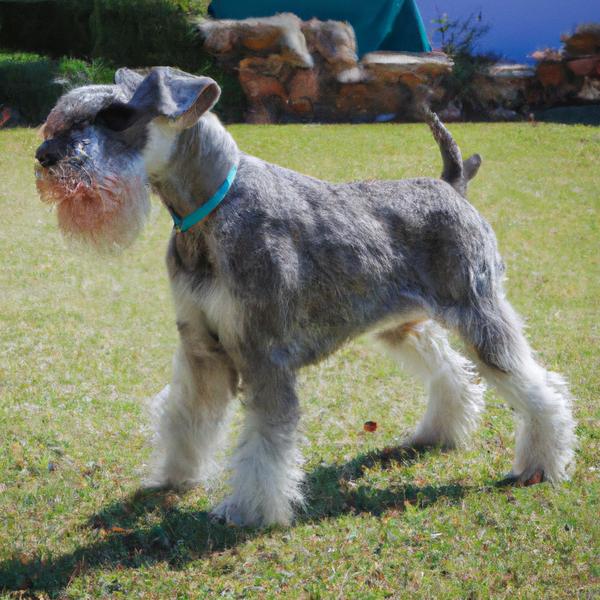
Wire Hair Snauzer
Tibetan Mastiff vs Wire Hair Snauzer
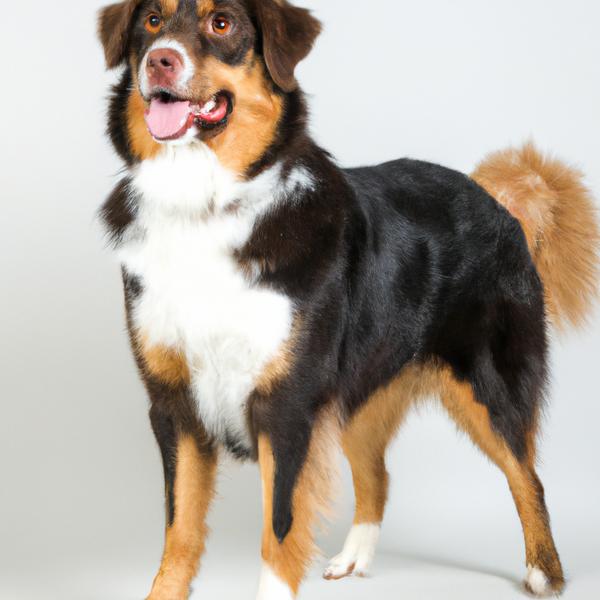
Aussiedor
Tibetan Mastiff vs Aussiedor
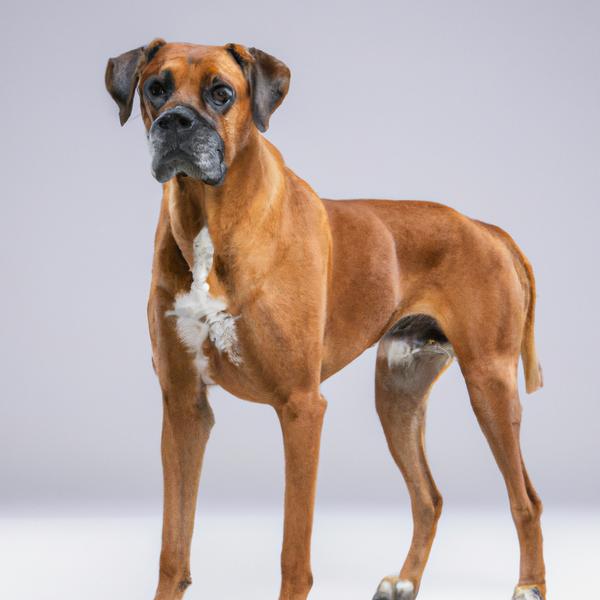
Rhodesian Boxer
Tibetan Mastiff vs Rhodesian Boxer
